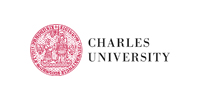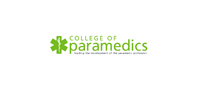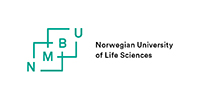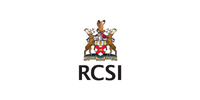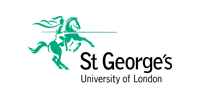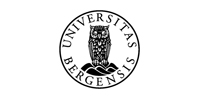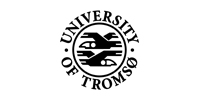Each bandaging technique consists of various basic forms of bandaging.
The following five basic forms of bandaging can be used to apply most types of bandages:
- Circular bandaging.
- Spiral bandaging.
- Figure-of-eight bandaging.
- Recurrent bandaging.
- Reverse spiral bandage.
Circular Bandaging
In the circular bandaging technique, the layers of bandage are applied on top of each other [Figure 13].
The width of the bandage is equal to that of the roll of bandage. Almost all bandaging techniques start and end with a few circular bandaging turns. To prevent the bandage from shifting when the second turn is applied, the bandage should be fixed after the first turn. When starting the first turn, the start of the bandage should be placed diagonally across the body part. The second turn should be applied at a right angle to the lengthwise axis of the limb. The protruding diagonal part of the bandage should be folded between the first and second layers of bandaging.
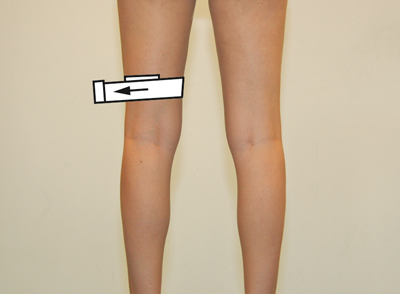 Figure 13
Figure 13
Spiral Bandaging
With each spiral turn, part of the preceding turn is covered; generally 1/3 of the width of the bandage [Figure 14]. If this is consistently carried out, the applied bandage will have an equal number of layers all the way along. Spiral bandages are usually used for cylindrical parts of the body. An elasticated bandage can also be used to apply spiral bandaging to a tapered body part. Despite the increasing diameter of the body part, the elasticity will allow the bandage to fit closely to the skin.
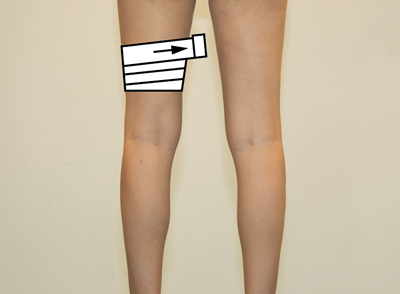 Figure 14
Figure 14
Figure-of-Eight Bandage
This form of bandaging involves two turns, with the strips of bandage crossing each other at the side where the joint flexes or extends [Figure 15]. This bandage is usually used to bind a flexing joint or body part below and above the joint. The figure-of-eight bandage can be applied using a roller bandage in two ways:
- Following a circular turn around the middle of the joint, the bandage should fan out upwards and downwards. The turns should cross at the side where the limb flexes.
- The figure-of-eight turns can also be applied from a starting point located below or above the joint crease, working towards the joint itself. The cross-over points will be located at either the flexing or extending side of the joint; the side where the turns do not cross remains uncovered.
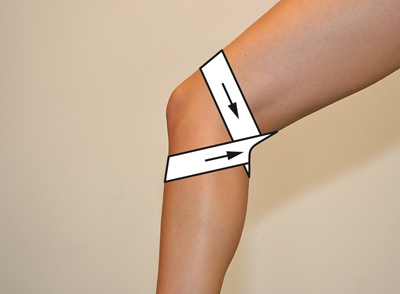 Figure 15
Figure 15
Recurrent Bandaging
This bandage used for blunt body parts consists partly of recurrent turns [Figure 16]. The bandage is applied repeatedly from one side across the top to the other side of the blunt body part. To be able to fix the recurrent turns well, not only the wound, but the entire length of the blunt body part should be covered.
Depending on the width of the bandage and the body part, successive turns either cover the preceding turn fully or partially. Recurrent bandages are fixed using circular or spiral turns.
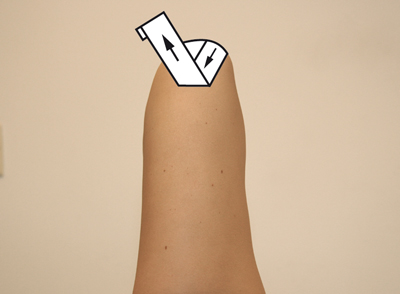 Figure 16
Figure 16
Reverse Spiral Bandage
A reverse spiral bandage is a spiral bandage where the bandage is folded back on itself by 180° after each turn [Figure 17].
This V-shaped fold allows the bandage to fit to the tapered shape of the body part all the way along. This type of bandaging is required when using non-elasticated bandages. The development of elasticated fixing bandages, which are applied to tapered body parts using the spiral technique, means that the reverse spiral technique is far less commonly used nowadays.
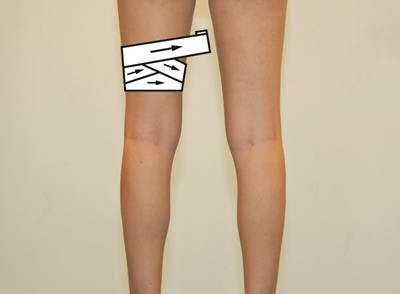 Figure 17
Figure 17


